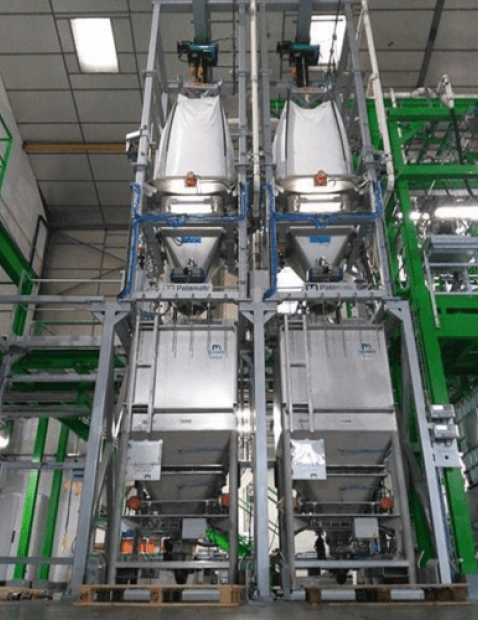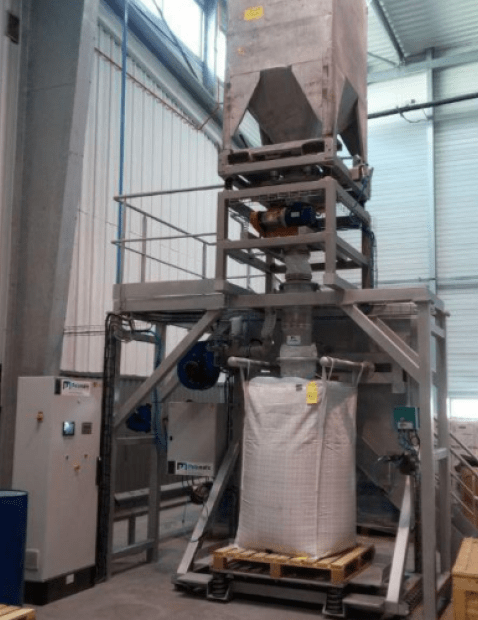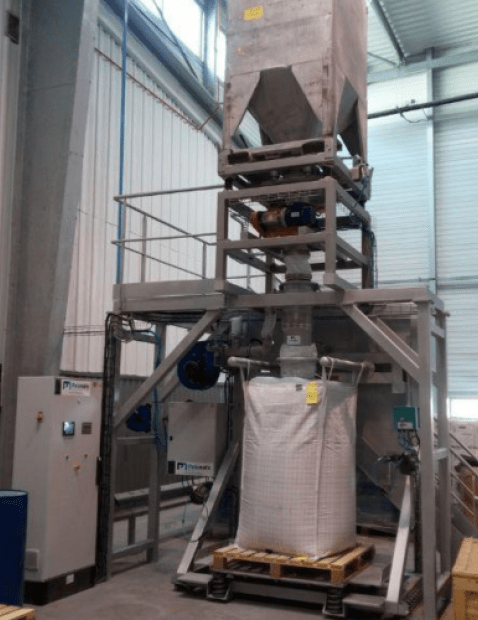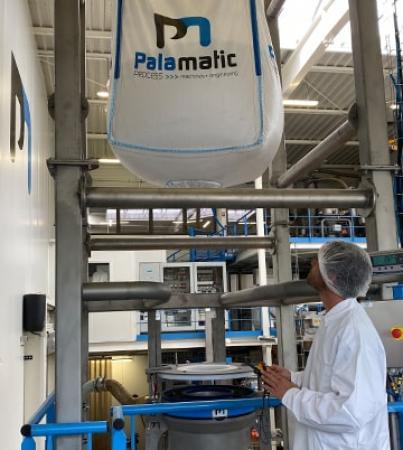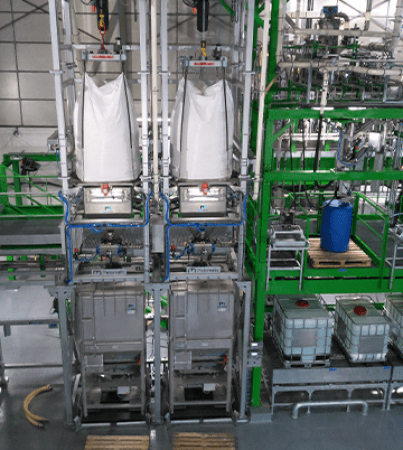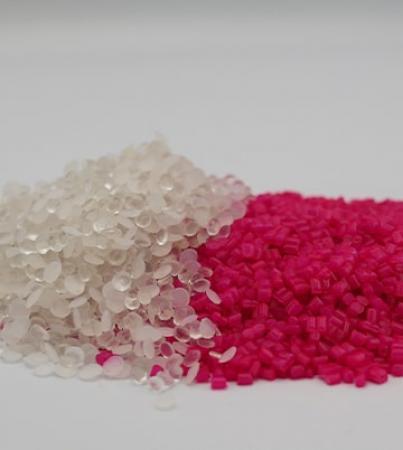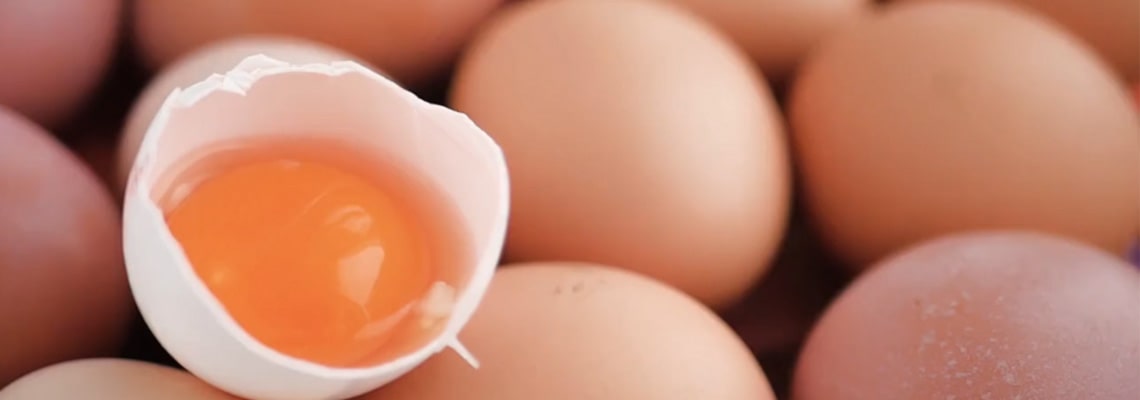
Egg powders are used as texturizing and flavoring agents for many sectors of the food industry. They are made from whole eggs, dried with the help of various types of precise drying processes in order to extend their shelf life and obtain a quality end product.
In the food industry, several drying methods are used to obtain egg powders, including pasta drying, freeze-drying, and spray-drying.
1. Pasta drying
Pasta drying is a commonly used method. In this process, the mixture of egg yolks and egg whites is heated at a low temperature to remove moisture. After cooling, the mixture is ready to be sieved and processed into powder.
2. Atomization Spray drying
Another common drying method is spray drying. In this process, the egg mixture is sprayed under controlled pressure and high temperature. Pressure and heat are the main factors to control the quality and homogeneity of the powder obtained.
3. Freeze-drying
Freeze drying is a steam drying process under pressure. In this process, the product is frozen and undergoes vacuum dehydration at room temperature. Powders produced by this process exhibit better oxidative stability than powders dried by other methods.
4. Vaporization Spray drying
Finally, spray drying is another common process used for drying egg powders. In this process, the eggs are vaporized and dried at a temperature below 60°C in order to eliminate the humidity present and obtain a dry and homogeneous powder.

You handle egg powder in your industrial
process? I can assist you in your project.
Guillaume, powder expert
5. Mechanical drying VS Thermal drying
The drying processes used for egg production can also be separated into two main families: mechanical drying and thermal drying.
Mechanical drying, also called “spray drying” can be carried out in a spray dryer, which is equipment designed to produce liquid powders. The eggs are mixed with suitable preservative additives and made into a liquid, then blown through a hot gas to create a dry powder. Density and particle size can be controlled by adjusting the drying operational conditions.
Thermal drying is another method used to dry egg powders. The eggs are heated to a controlled temperature and then subjected to a current of air. The eggs dry up and turn into a dry powder. This method preserves most of the egg's nutrients and flavor, but is more expensive and time-consuming.
Although it is possible to dry eggs using different methods, drying at low temperature is one of the most used to preserve the quality of the nutrients of the product. It is essential to choose the most appropriate method depending on the type of dried eggs, the characteristics sought and the level of hydration of the eggs to be dried.
The egg powders obtained by these different drying methods are renowned for their long shelf life. They are also used to make food products such as cookies, cakes, sauces and soups. Thanks to their preservation and nutritional quality, egg powders have become very popular in the food industry.
Palamatic Process offers turnkey production lines for egg products: PowderEgg®01 for the incorporation of sugar and salt in liquid egg tanks and PowderEgg®02 with multi-additive stations and automatic dosing of liquid egg preparation.














